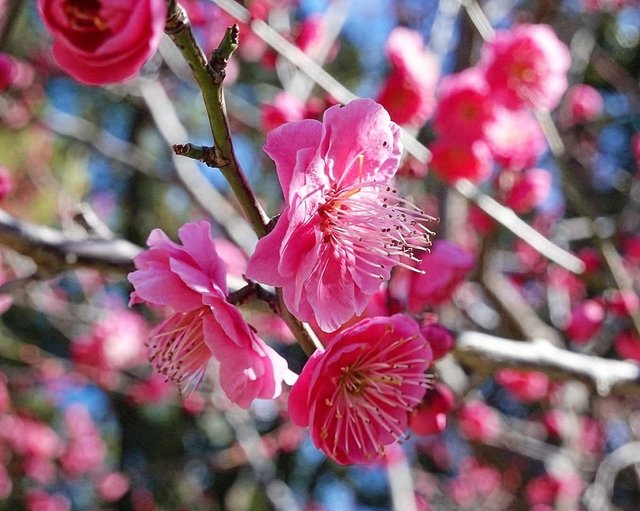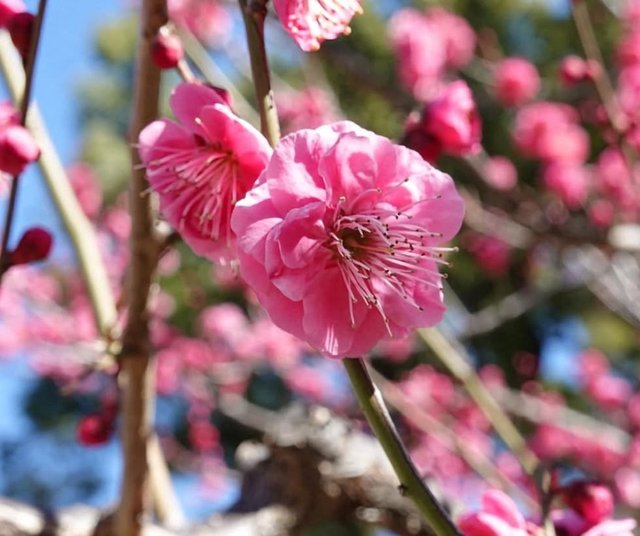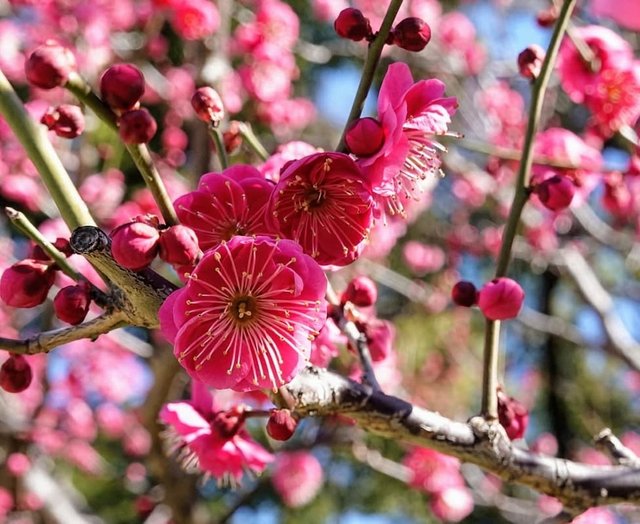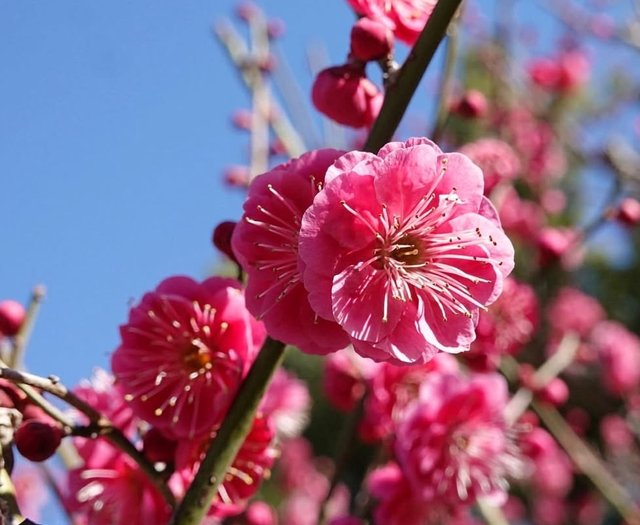Wonderful Colour Plum Blossom Flower
The Beauty and Significance of the Plum Blossom
The plum blossom is one of the most cherished and symbolic flowers in East Asia, admired for its delicate beauty, resilience, and cultural significance. Blooming in the late winter and early spring, often while snow is still on the ground, the plum blossom is a timeless symbol of perseverance, renewal, and hope.
Botanical Overview
Plum blossoms belong to the Rosaceae family and are closely related to apricots and cherries. Native to China, these trees thrive in temperate climates and are cultivated widely in Japan, Korea, Taiwan, and Vietnam. Unlike cherry blossoms, which bloom in warmer weather, plum blossoms emerge when winter is still lingering, often seen as a sign that spring is just around the corner.
The tree produces fragrant, five-petaled flowers in shades of white, pink, or red. Its branches grow in a gnarled, artistic form, making the tree a favorite subject in traditional paintings and poetry. Plum blossoms also give way to small, tart fruits that are used to make plum wine, preserves, and medicinal remedies.
Cultural and Symbolic Importance
China: A Flower of Perseverance
In Chinese culture, the plum blossom is one of the "Four Gentlemen" in Chinese art, representing the virtues of resilience and strength. It is also one of the "Three Friends of Winter, alongside pine and bamboo, symbolizing endurance during adversity.
The five petals of the plum blossom are sometimes associated with the Five Blessings—longevity, prosperity, health, virtue, and a peaceful death. It has been an important motif in Chinese calligraphy, painting, and literature for centuries, appearing in countless poems that celebrate its ability to flourish in harsh winters.
Additionally, the plum blossom is China's national flower, representing noble character and unyielding spirit.




| Device | cannon eos 700D |
|---|---|
| Lens | 55-250 zoom leans |
| Location | Bangladesh |
